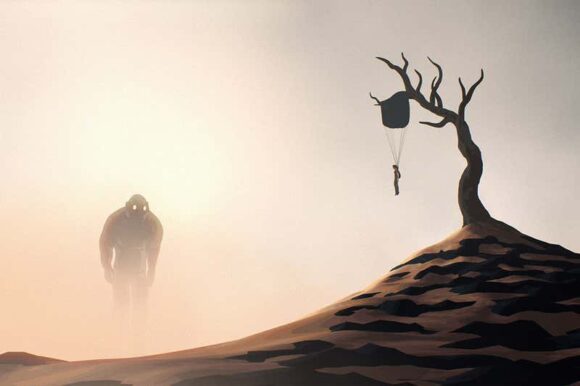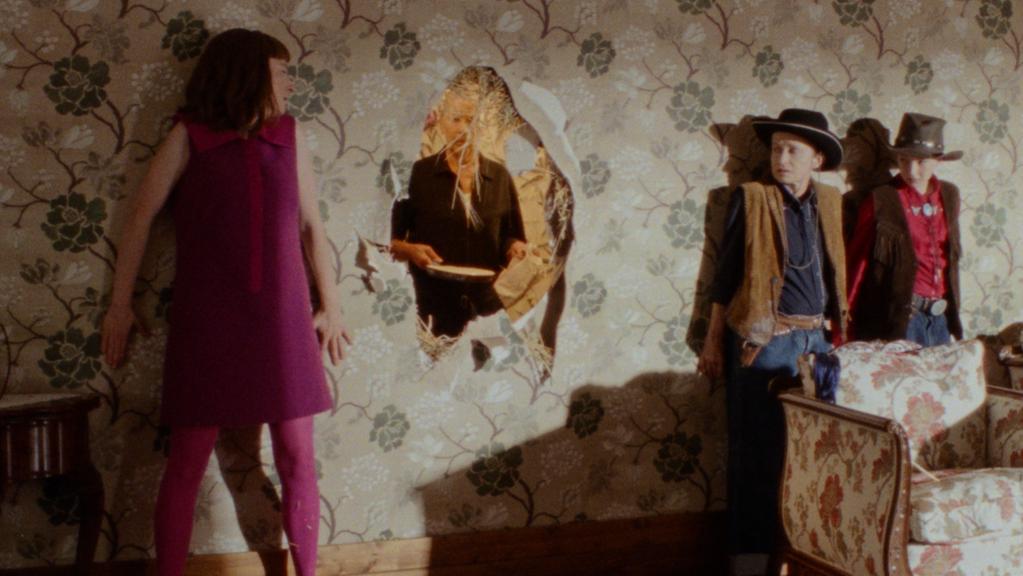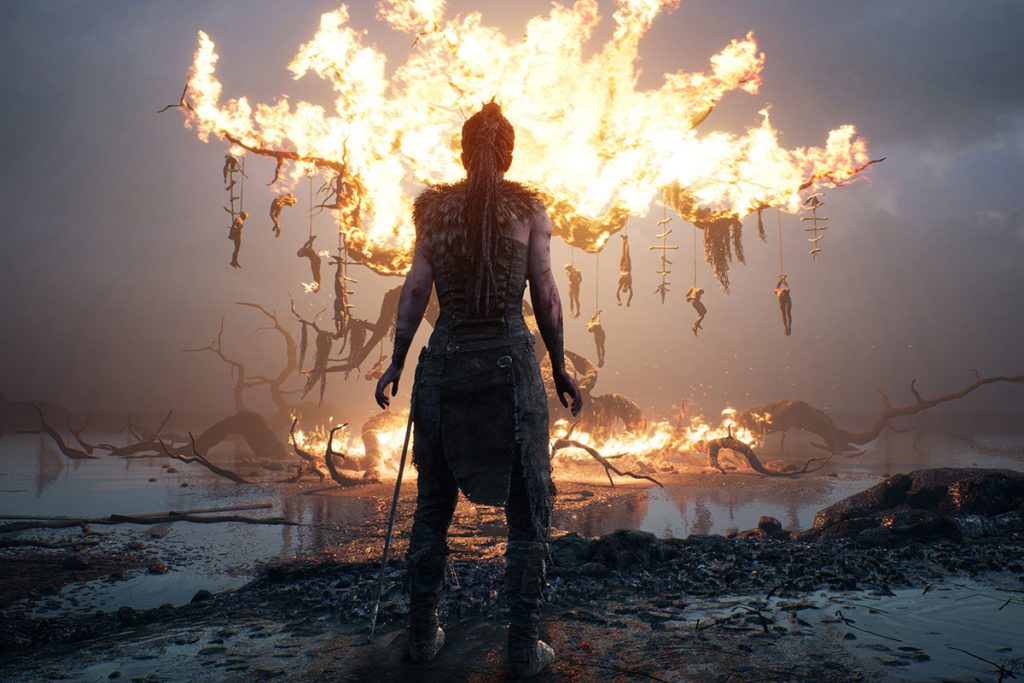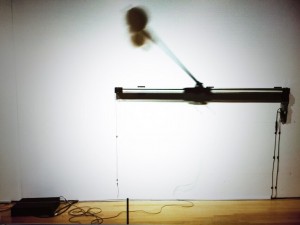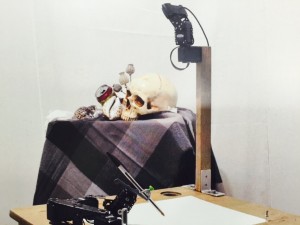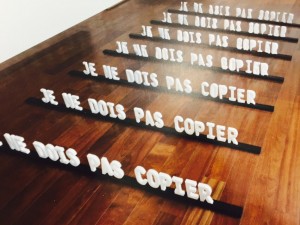Watching Gints Zilbalodis’s Away for New Scientist, 18 November 2020
A barren landscape at sun-up. From the cords of his deflated parachute, dangling from the twisted branch of a dead tree, a boy slowly wakes to his surroundings, just as a figure appears out of the dawn’s dreamy desert glare. Humanoid but not human, faceless yet somehow inexpressibly sad, the giant figure shambles towards the boy and bends and, though mouthless, tries somehow to swallow him.
The boy unclips himself from his harness, falls to the sandy ground, and begins to run. The strange, slow, gripping pursuit that follows will, in the space of an hour and ten minutes, tell the story of how the boy comes to understand the value of life and friendship.
That the monster is Death is clear from the start: not a ravenous ogre, but unstoppable and steady. It swallows, without fuss or pain, the lives of any creature it touches. Perhaps the figure pursuing the boy is not a physical threat at all, but more the dawning of a terrible idea — that none of us lives forever. (In one extraordinary dream sequence, we see the boy’s fellow air passengers plummet from the sky, each one rendered as a little melancholy incarnation of the same creature.)
Away is the sole creation of 26-year-old Latvian film-maker Gints Zilbalodis, and it’s his first feature-length animation. Zabalodis is Away’s director, writer, animator, editor, and even composed its deceptively simple synth score — a constant back-and-forth between dread and wonder.
There’s no shading in Zabalodis’s CGI-powered animation, no outlining, and next to no texture, and the physics is rudimentary. When bodies enter water, there’s no splash: instead, deep ripples shimmer across the screen. A geyser erupts, and water rises and falls against itself in a churn of massy, architectonic white blocks. What drives this strange retro, gamelike animation style?
Away feels nostalgic at first, perhaps harking back to the early days of videogames, when processing speeds were tiny, and a limited palette and simplified physics helped players explore game worlds in real time. Indeed the whole film is structured like a game, with distinct chapters and a plot arranged around simple physical and logical puzzles. The boy finds a haversack, a map, a water canteen, a key and a motorbike. He finds a companion — a young bird. His companion learns to fly, and departs, and returns. The boy runs out of water, and finds it. He meets turtles, birds, and cats. He wins a major victory over his terrifying pursuer, only to discover that the victory is temporary. By the end of the film, it’s the realistic movies that seem odd, the big budget animations, the meticulously composited Nolanesque behemoths. Even dialogue feels clumsy and lumpen, after 75 minutes of Away’s impeccable, wordless storytelling.
Away reminds us that when everything in the frame and on the soundtrack serves the story, then the elements themselves don’t have to be remarkable. They can be simple and straightforward: fields of a single colour, a single apposite sound-effect, the tilt of a simply drawn head.
As CGI technology penetrates the prosumer market, and super-tool packages like Maya become affordable, or at any rate accessible through institutions, then more artists and filmmakers are likely to take up the challenge laid down by Away, creating, all by themselves, their own feature-length productions.
Experiments of this sort — ones that change the logistics and economies of film production — are often ugly. The first films were virtually unfollowable. The first sound films were dull and stagey. CGI effects were so hammy at first, they kicked viewers out of the movie-going experience entirely. It took years for Pixar’s animations to acquire their trademark charm.
Away is different. In an industry that makes films whose animation credits feature casts of thousands, Zabalodis’s exquisite movie sets a very high bar indeed for a new kind of artisanal filmmaking.

